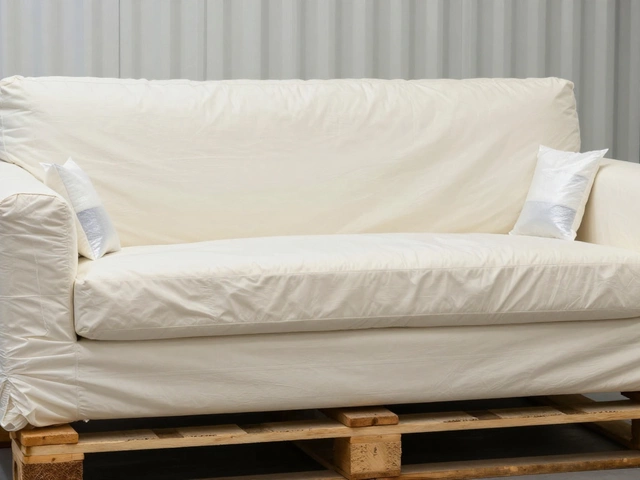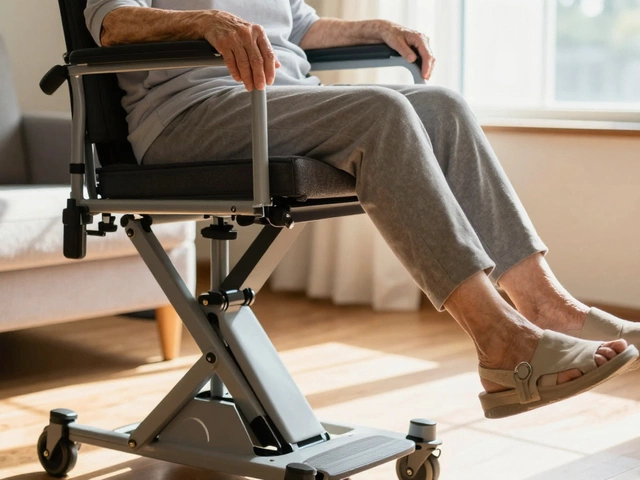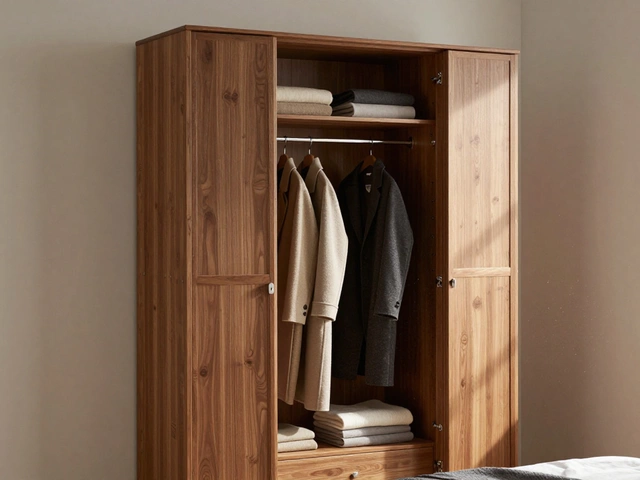TV Conversion Made Simple: Choose, Position, and Secure Your Screen
Trying to figure out the best way to change your TV setup? You’re not alone. People often wonder if they should buy a new stand, mount the screen, or adjust the height for a better view. This guide gives you straight‑forward answers so you can make a smart decision without the hassle.
Stand or Mount? Pick What Fits Your Room
A TV stand is quick to set up. Place the unit on the floor, plug in the cables, and you’re ready to watch. Stands work well in rooms where wall space is limited or where you need storage for game consoles, speakers, or DVDs. Make sure the stand is wide enough to support the TV’s base and that it can hold the weight. If your TV is 65 inches, look for a stand that’s at least a few inches wider – that extra length helps keep the TV stable and looks balanced.
Wall mounting saves floor space and can give a cleaner look. It’s also great for hiding cords. Before you drill, check the wall type. A solid brick wall needs anchors, while a stud‑filled drywall can hold most mounts with the right bolts. The mount’s weight rating must match or exceed your TV’s weight – never guess, always check the spec sheet.
Getting the Height Right for Comfort
The sweet spot for eye level is usually the middle of the screen. For a 55 inch TV, that means the center should be about 42‑44 inches from the floor if you’re sitting on a couch. Use a simple measuring tape: measure the TV’s height, divide by two, and add that number to your eye‑level height while seated.
If you’re mounting, aim for a height where the top of the screen isn’t too high. A common mistake is to place the TV too low, causing you to look up and strain your neck. Likewise, a too‑high mount makes viewing uncomfortable and can affect picture quality because you’re not viewing the screen straight on.
When using a stand, choose a piece with adjustable height or add a riser under the base. Some people use a low‑profile console to bring the TV up a few inches without a full‑size stand.
Match Size to Furniture Safely
Never put a larger TV on a smaller stand. A 65 inch TV on a 55 inch stand can tip over because the base isn’t wide enough. Check the stand’s specifications for the maximum TV width and weight. If the stand is borderline, consider adding anti‑tip brackets or a wall‑mount for extra security.
For wall mounts, the VESA pattern (the screw hole arrangement) on the back of the TV must line up with the mount’s plate. Most modern TVs list the VESA size in the manual – it’s a simple number like 400 mm × 400 mm. If the numbers don’t match, the mount won’t fit.
Practical Tips to Finish the Conversion
Run all cables behind the TV if possible. Use cable covers or a cord management system to keep things tidy. If you’re mounting, leave a little slack in the power cord for future adjustments.
Test the setup before you lock everything in place. Sit on your couch, watch a short clip, and notice any neck strain or glare. Adjust height or angle as needed.
Finally, secure the TV to the wall with the safety screws that come with most mounts. This step prevents the TV from tipping over if someone bumps into it.
With the right stand or mount, proper height, and safe matching of TV size to furniture, your TV conversion will feel effortless. You’ll get a better view, a cleaner room, and peace of mind that everything is sturdy and safe.
Convert Wall-Mounted TV to Stand: Easy Steps and Pro Tips
Switching your TV from a wall mount to a stand might sound tricky, but it’s doable with the right know-how. This guide breaks down everything you need, from understanding mounting holes to picking the right stand. No need to call a handyman—you can handle it yourself in an afternoon. Learn how to choose the safest and most stylish stand for your space. Stop letting a wall dictate your living room layout.







